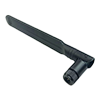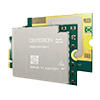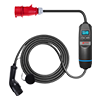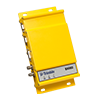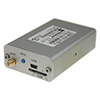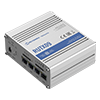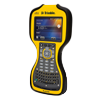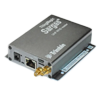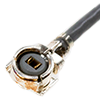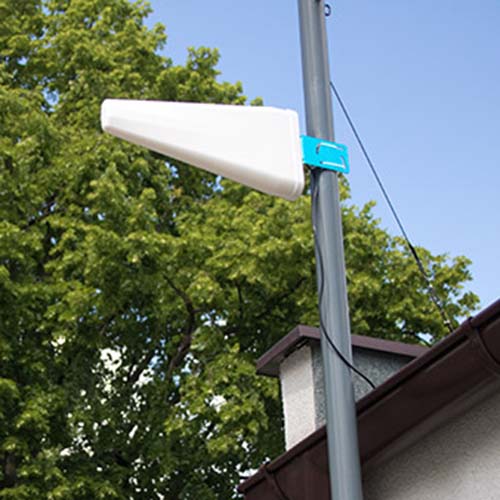How COVID-19 changed the role of autonomous robots?
The COVID-19 pandemic drove business leaders to look for new and safer ways to provide their services. Companies are now utilizing creative solutions that not only comply with distancing requirements, but also ensure that customers, guests, and patients enjoy the amenities and pleasures we have all come to expect. Autonomous Delivery Robots (ADRs) – or delivery robots – will soon be responsible for speeding up the food delivery around the world. Big companies like Amazon and Uber are testing the US market yet. But what is an ADR? Delivery robots are electric powered motorized vehicles that can deliver items or packages to customers without the intervention of a delivery person.
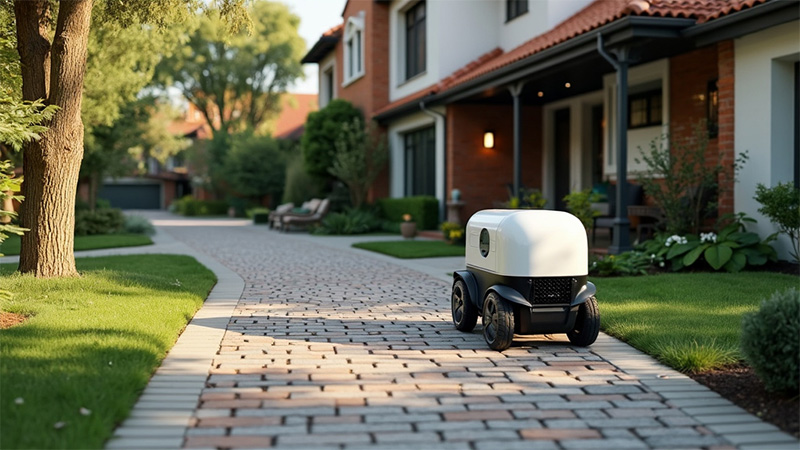
Why should business invest in autonomous robots?
Robotic delivery services can promise contactless delivery, a highly-sought-after service under social distancing measures. Autonomous delivery robots were already in use in some urban areas, airports, universities, hotels and large corporate campuses prior to the pandemic. Now, demand for them is expanding exponentially” since they cannot be infected with – or spread – any strain of the coronavirus.
How do autonomous robots work?
Autonomous robotic solutions use IoT, cameras, and sensors to assist with several key capabilities, including object detection, collision avoidance, path planning, and simultaneous localisation and mapping. ADRs can sense the surrounding environment, analyse road conditions, actively avoid obstacles, and automatically complete logistics. The functionality of solutions can range from sterilization and cleaning to routine deliveries, which are becoming increasingly important during the pandemic for safe transport of food, medications, mail, and other essentials.
4 benefits of autonomous delivery robots:
• Equipment Reliability and Longevity
By connecting ADRs, Robustel enables a new level of insight into ADR fleet management, to maximize the operational efficiency of unoccupied vehicle capacity and reduce labor maintenance costs. When a problem arises or supplies become depleted, the device can send an alert.
• Reduction in Human Intervention
Through the use of the preventative maintenance strategies and alerts mentioned above, human intervention can be reduced. Instead, remote control can be employed for certain tasks.
• Downtime Minimized
IoT technology enables IT departments to know where their robot is in real time. The downtime of the ADRs could be reduced by real-time monitoring and preventive maintenance from the remote server.
• Reduced Liability
All ADR movement is predictable by a management server, to prevent product, facility and equipment damage.
Create your own application using RobustOS
All Robustel routers run the Linux-based, RobustOS” operating system.
Because Robustel write the router Operating System in-house, our levels of tech support and software customization far exceed the typical capabilities available in the market.
This means that users deploying an Autonomous Delivery Robot solution can develop a dedicated application for Robustel’s routers. This allows customization of the product’s behaviour so you can meet your project’s demands every time.
For critical applications, intelligence can be placed at the network Edge inside the router. In doing so, faults and exceptions can be handled immediately before the router needs to communicate with a cloud environment to get its next action; saving time, money and potentially lives in the process.
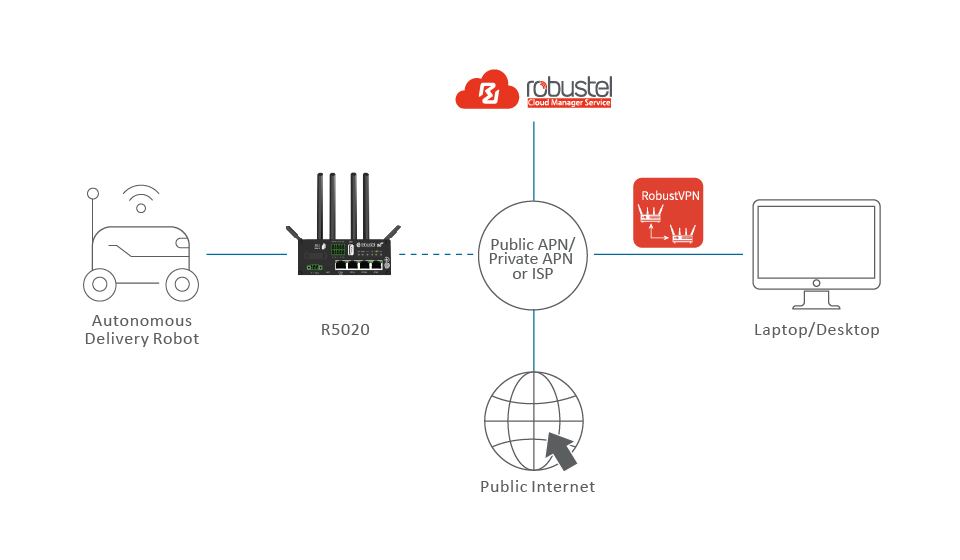
Cloud device management and VPN access through RCMS
Robustel Cloud Manager Service (RCMS) is our custom IoT software platform and eco-system. Connecting your Robustel device to RCMS opens up a world of applications to make managing devices, connectivity and provisioning simple. Use the Robustlink Device Manager module inside RCMS to instantly access your connected devices from anywhere. Allowing you remotely configure, update apps and firmware, debug error logs and view data usage at any time.
Employ the RobustVPN module inside RCMS to create and allocate one or many of your deployed devices to a VPN group. They can then be accessed through the RobustVPN desktop application without the security risk of a public IP address, or the need for private Static IP allocation from your carrier.
